Articles > Geography
Taken the Europe Largest Cities or Europe 10K+ City Coverage quizzes yet? Knowing these cities are a must for either. Here are the 25 largest cities in Europe.
Istanbul – Population: 15,244,936

Istanbul, straddling Europe and Asia, is Turkey’s most populous city and a hub of culture, history, and economic power. Historically known as Byzantium and Constantinople, the city has been a focal point of multiple empires, including the Roman, Byzantine, and Ottoman. Its strategic location on the Bosporus Strait makes it a key player in trade and cultural exchange between continents. Visitors are captivated by Istanbul’s iconic Hagia Sophia, Blue Mosque, and vibrant bazaars, all testaments to its rich past.
Interesting Fact:
Istanbul is one of the few cities in the world that sits on two continents, Europe and Asia.
Moscow – Population: 13,010,112

Moscow, Russia’s capital, is a city with a complex, fascinating history that stretches back over 800 years. As the heart of Russian politics, economics, and culture, Moscow is home to landmarks like the Kremlin, Red Square, and St. Basil’s Cathedral, known for its colorful onion domes. The city showcases Russian art, music, and literature through its world-class theaters, museums, and galleries. Its modern transformation has brought bustling commercial districts, while its Soviet-era architecture provides glimpses into the past.
Interesting Fact:
Moscow’s Kremlin is the largest active medieval fortress in the world.
London – Population: 8,776,535

London, the capital of the United Kingdom, is a global city known for its history, finance, and multicultural atmosphere. From the Tower of London and Buckingham Palace to the British Museum and the modern Shard, the city is rich with iconic landmarks. London is a melting pot, home to people from over 270 nationalities and a vast array of languages. Its thriving theater scene, fashion industry, and culinary diversity reflect its status as a cultural powerhouse.
Interesting Fact:
Big Ben, a world-famous landmark, is actually the name of the bell inside the clock tower, not the tower itself.
St. Petersburg – Population: 5,601,911
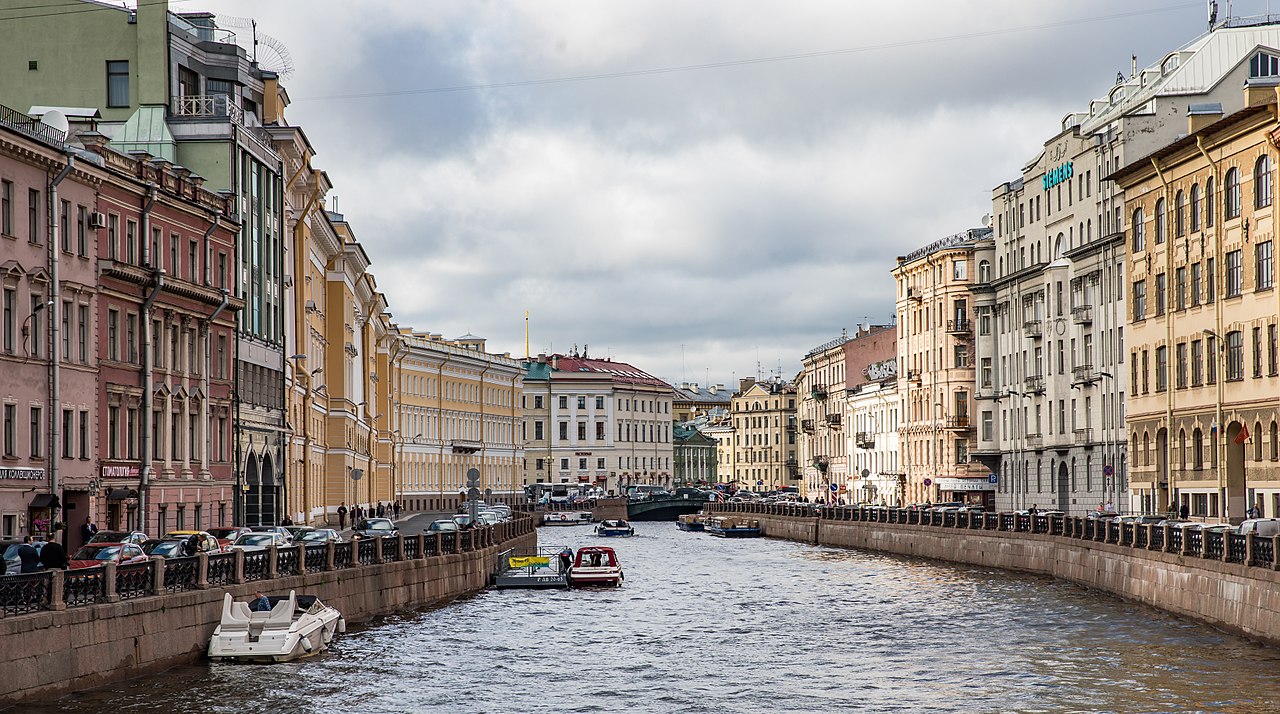
St. Petersburg, Russia’s cultural capital, is known for its elegant canals, stunning architecture, and storied history. Founded by Peter the Great in 1703, the city was the imperial capital for over two centuries. Its renowned museums, like the Hermitage, house priceless art collections. With ornate cathedrals, palaces, and Neva River views, St. Petersburg embodies Russian grandeur. The White Nights phenomenon, a natural occurrence in summer, adds magic to the city.
Interesting Fact:
St. Petersburg’s Hermitage Museum has the largest collection of paintings in the world.
Berlin – Population: 3,596,999

Berlin, Germany’s capital, is a vibrant city known for its historical significance, creativity, and progressive culture. Following the fall of the Berlin Wall in 1989, it became a symbol of reunification. Today, Berlin is renowned for its art, nightlife, and landmarks such as the Brandenburg Gate, the Berlin Wall Memorial, and Museum Island. With its unique blend of modernity and history, Berlin attracts artists, thinkers, and innovators from around the world.
Interesting Fact:
Berlin has more bridges than Venice, with over 1,700 spanning its waterways.
Madrid – Population: 3,340,176

Madrid, the capital of Spain, is a city known for its vibrant culture, historic landmarks, and bustling energy. The city is famous for its art museums, including the Prado Museum, which houses works by Goya, Velázquez, and other Spanish masters. Madrid’s plazas, such as Puerta del Sol and Plaza Mayor, offer lively gathering spots, while its royal palace and historic architecture reflect its deep-rooted history.
Interesting Fact:
Madrid is home to one of the oldest restaurants in the world, Restaurante Sobrino de Botín, founded in 1725.
Athens – Population: 3,146,164

Athens, the capital of Greece, is often regarded as the cradle of Western civilization. Known for its ancient landmarks like the Acropolis and the Parthenon, Athens combines classical history with modern vibrancy. Its neighborhoods, such as Plaka and Monastiraki, offer glimpses of its past, while the city is also a hub for contemporary arts and culture, blending the old with the new.
Interesting Fact:
The Olympic Games were revived in Athens in 1896, making it the birthplace of the modern Olympics.
Kyiv – Population: 2,952,301

Kyiv, the capital of Ukraine, is known for its ancient churches, golden domes, and green parks. Founded in the 5th century, the city has a rich history marked by resilience. Key landmarks include St. Sophia’s Cathedral, a UNESCO World Heritage Site, and the Kyiv Pechersk Lavra monastery complex. Kyiv’s cultural scene is diverse, with a thriving theater and music scene, as well as a dynamic street art movement.
Interesting Fact:
Kyiv is home to one of the world’s deepest metro stations, Arsenalna, which is 105.5 meters underground.
Rome – Population: 2,754,719

Rome, the capital of Italy, is a city with a vast legacy as the center of the Roman Empire. Known as the “Eternal City,” Rome is home to historic sites like the Colosseum, the Roman Forum, and the Vatican City. The city’s architecture spans millennia, with baroque fountains, Renaissance palaces, and medieval churches. Rome’s charm extends to its cuisine, piazzas, and vibrant street life.
Interesting Fact:
Rome has an independent country within it, the Vatican City, the smallest sovereign state in the world.
Paris – Population: 2,133,111

Paris, known as the “City of Light,” is France’s capital and a global icon of art, fashion, and culture. Its landmarks, including the Eiffel Tower, Notre-Dame Cathedral, and the Louvre, draw millions of visitors each year. With its picturesque boulevards, museums, and cafés, Paris offers an unmistakable atmosphere. The Seine River and iconic bridges add to the city’s charm, making it a timeless destination for romantics and art enthusiasts alike.
Interesting Fact:
The Louvre Museum in Paris is the most visited museum in the world.
Vienna – Population: 2,005,760

Vienna, Austria’s capital, is celebrated for its classical music, imperial history, and elegant architecture. Known as the city of Mozart and Beethoven, Vienna hosts world-renowned concert halls like the Vienna State Opera. The city’s historic center, with baroque palaces and parks, is a UNESCO World Heritage Site. Vienna is also famous for its coffeehouse culture, a social institution for centuries.
Interesting Fact:
Vienna was ranked as the world’s most livable city by the Economist Intelligence Unit multiple times.
Minsk – Population: 1,995,471
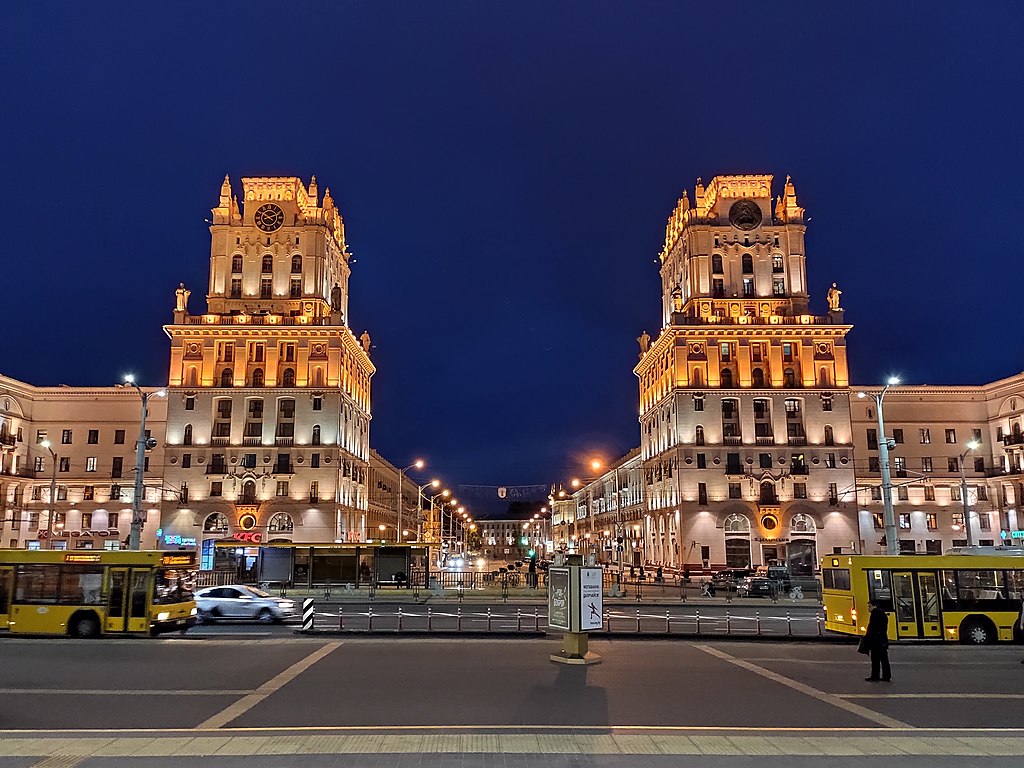
Minsk, the capital of Belarus, is known for its Soviet-era architecture, wide boulevards, and clean streets. Rebuilt after World War II, the city has a modernist aesthetic with grand squares and monuments. Key attractions include Independence Square, the National Opera and Ballet Theatre, and Victory Park. Despite its contemporary look, Minsk has a rich history that reflects Belarusian culture and heritage.
Interesting Fact:
Minsk was almost completely rebuilt after WWII and is one of the best-preserved Soviet-style cities.
Warsaw – Population: 1,861,599
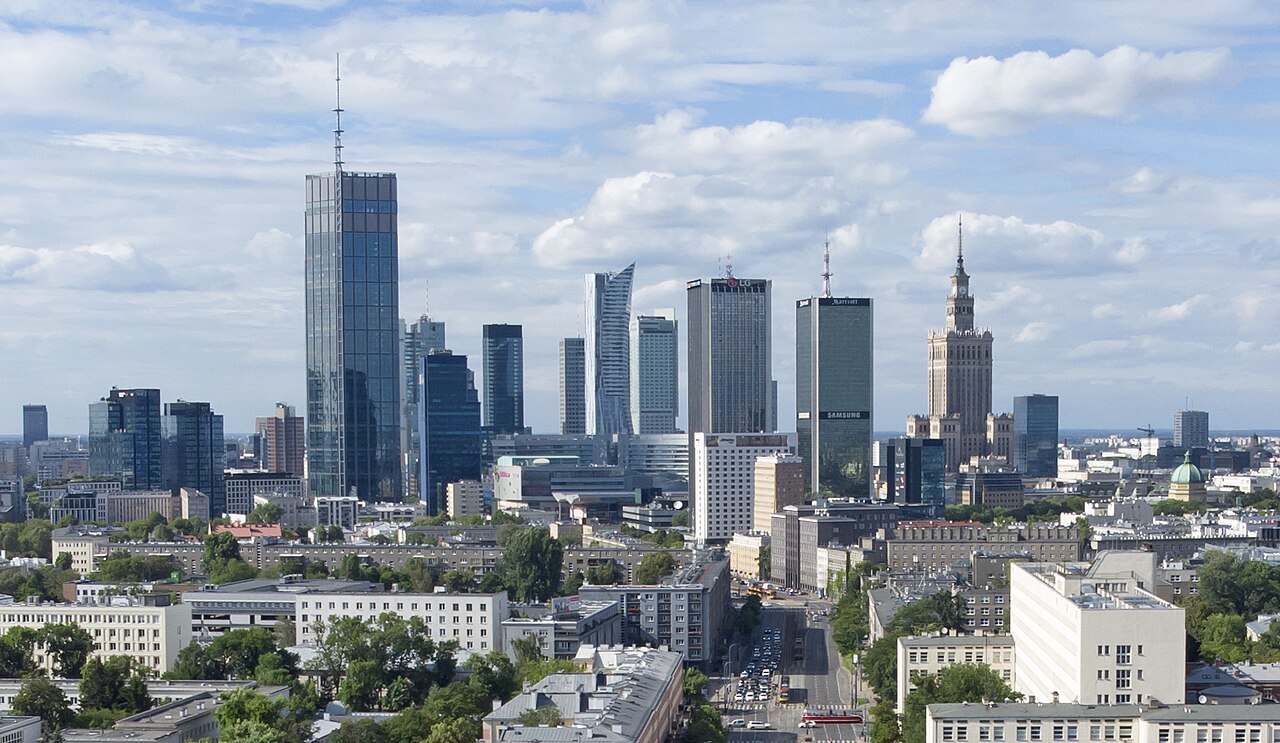
Warsaw, Poland’s capital, is a city that has risen from the ruins of World War II. Known for its resilient spirit, Warsaw combines historical sites like the Royal Castle and Old Town with modern skyscrapers. The city is a center of Polish culture, hosting numerous festivals and museums. Its Old Town, reconstructed post-war, is a UNESCO World Heritage Site and a testament to Polish history and pride.
Interesting Fact:
Warsaw’s Old Town was almost entirely destroyed in WWII and was meticulously reconstructed in the 1950s.
Hamburg – Population: 1,808,846

Hamburg, Germany’s second-largest city, is a major port city with a rich maritime history. Known for its canals, the Speicherstadt (Warehouse District) is a UNESCO World Heritage Site. The Elbphilharmonie concert hall, located in the harbor, is a stunning modern landmark. Hamburg’s vibrant neighborhoods, historic architecture, and cultural venues make it a dynamic and attractive destination.
Interesting Fact:
Hamburg has more bridges than Venice, Amsterdam, and London combined.
Stockholm – Population: 1,767,108
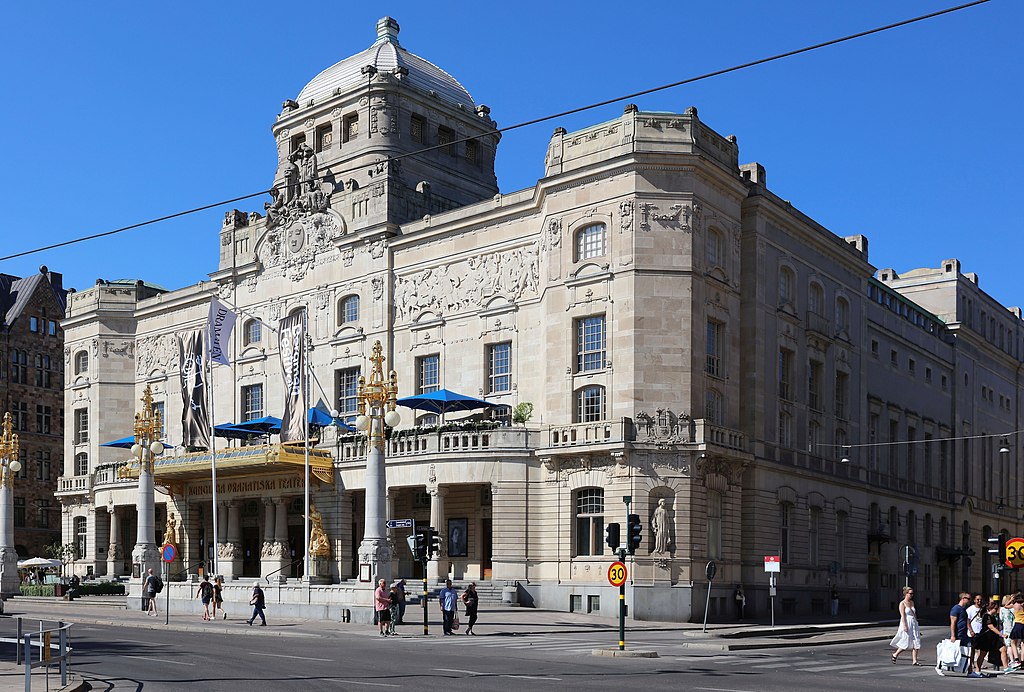
Stockholm, the capital of Sweden, is built on 14 islands connected by over 50 bridges, earning it the nickname “Venice of the North.” Known for its natural beauty, clean waterways, and innovative design, Stockholm blends historical sites with modern urban living. The Old Town (Gamla Stan) features cobblestone streets and colorful buildings, while the city is also a center for technology and sustainability.
Interesting Fact:
Stockholm has the largest collection of preserved wooden buildings in Europe.
Bucharest – Population: 1,716,961
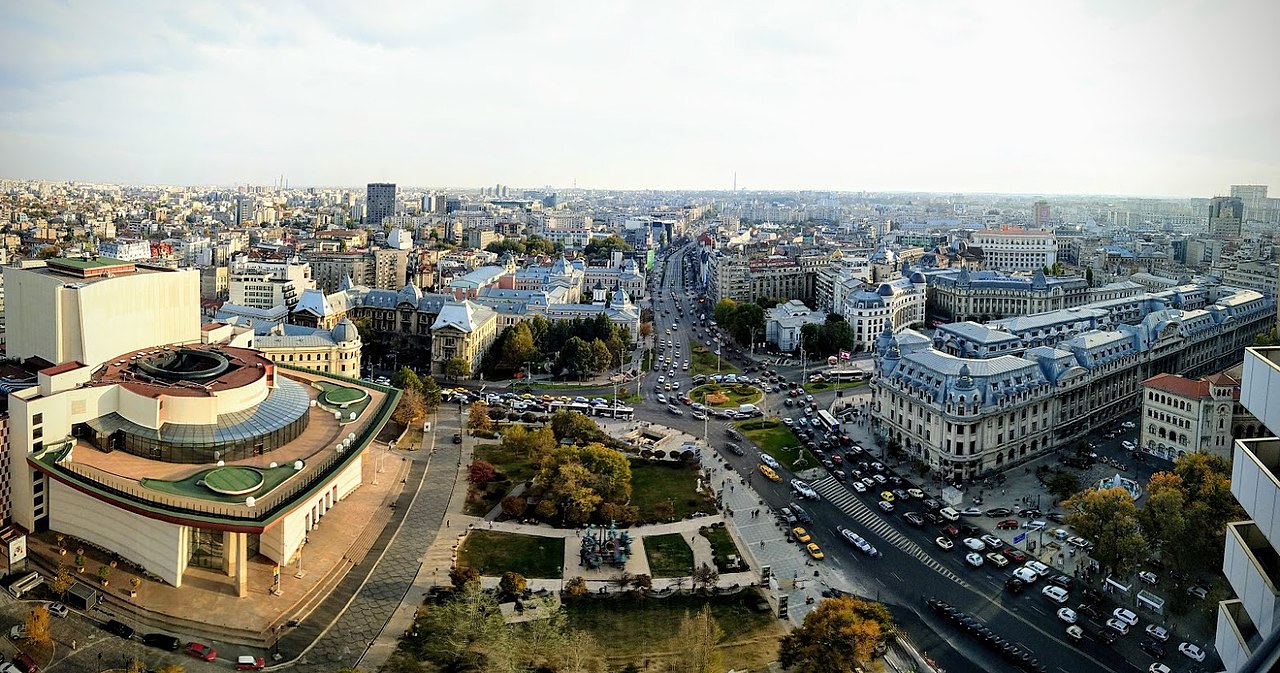
Bucharest, the capital of Romania, is known for its wide, tree-lined boulevards and grand architecture, earning it the nickname “Little Paris.” The city’s eclectic mix of neoclassical buildings, communist-era structures, and modern developments make it visually unique. Notable landmarks include the Palace of the Parliament, one of the largest buildings in the world, and the historic Old Town, filled with vibrant cafes and shops.
Interesting Fact:
The Palace of the Parliament in Bucharest is the heaviest building in the world.
Budapest – Population: 1,685,342

Budapest, Hungary’s capital, is divided by the Danube River into Buda and Pest. The city is renowned for its thermal baths, stunning architecture, and panoramic views. The Buda Castle and Fisherman’s Bastion offer a look into the city’s medieval past, while the Parliament Building along the riverbank showcases its architectural grandeur. Budapest’s vibrant nightlife and cultural scene make it a lively destination.
Interesting Fact:
Budapest has the oldest underground metro system in mainland Europe, dating back to 1896.
Barcelona – Population: 1,655,956

Barcelona, the capital of Catalonia in Spain, is famous for its art and architecture, especially the work of Antoni Gaudí. Sagrada Família, an iconic basilica still under construction, and Park Güell showcase his unique style. Barcelona is also known for its Mediterranean beaches, vibrant neighborhoods like the Gothic Quarter, and bustling La Rambla, making it a popular tourist destination.
Interesting Fact:
Barcelona’s Sagrada Família has been under construction since 1882 and is projected to be completed in the 2030s.
Yekaterinburg – Population: 1,544,376
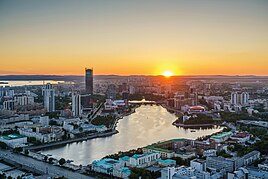
Yekaterinburg, located in Russia’s Ural region, is known as a cultural and industrial hub. The city has a deep historical significance as the place where the last Russian Tsar, Nicholas II, and his family were executed. Today, Yekaterinburg is known for its modern skyscrapers, theaters, and museums. It is also a gateway to the Ural Mountains, offering both natural and urban attractions.
Interesting Fact:
Yekaterinburg is situated on the border between Europe and Asia, and visitors can visit monuments marking the divide.
Munich – Population: 1,478,638
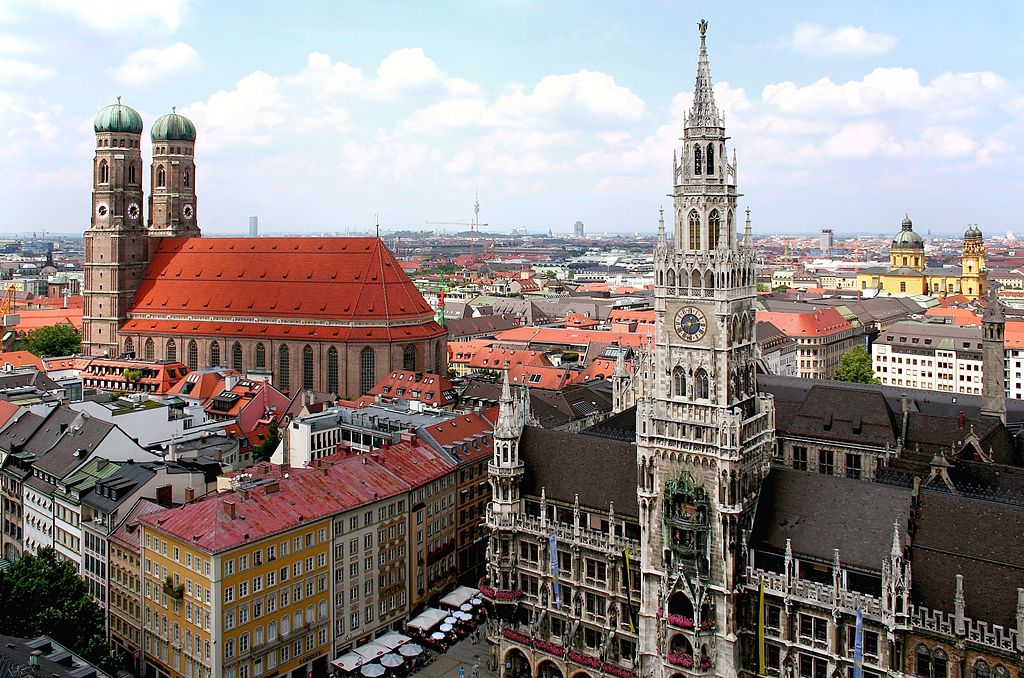
Munich, the capital of Bavaria in Germany, is famous for its Oktoberfest, beer gardens, and vibrant cultural scene. The city is a blend of historic and modern, with landmarks like Marienplatz, Nymphenburg Palace, and the BMW Museum. Munich is known for its high quality of life and its beautiful parks, including the expansive English Garden.
Interesting Fact:
Munich’s Oktoberfest, the world’s largest beer festival, attracts over six million visitors each year.
Kharkiv – Population: 1,421,125

Kharkiv, located in northeastern Ukraine, is known for its educational institutions, scientific research, and cultural sites. It is home to many universities, making it a vibrant student city. Notable sites include Freedom Square, one of the largest city squares in Europe, and Gorky Central Park. Kharkiv’s architecture is a mix of Soviet-era buildings and modern constructions.
Interesting Fact:
Freedom Square in Kharkiv is among the top 10 largest city squares in the world.
Copenhagen – Population: 1,378,649

Copenhagen, the capital of Denmark, is known for its high quality of life, sustainable initiatives, and charming canals. Nyhavn, with its colorful 17th-century waterfront buildings, is a popular spot for locals and tourists alike. The city’s historic castles, like Rosenborg and Amalienborg, add to its allure. Copenhagen is also a leader in green living, with a robust cycling culture and eco-friendly architecture.
Interesting Fact:
Copenhagen aims to become the world’s first carbon-neutral capital by 2025.
Milan – Population: 1,371,850

Milan, Italy’s fashion and design capital, is known for its chic atmosphere and rich cultural heritage. The city is home to iconic landmarks such as the Milan Cathedral (Duomo), Sforza Castle, and Leonardo da Vinci’s famous painting, “The Last Supper.” Milan’s high-end fashion district and biannual Fashion Weeks attract designers, artists, and enthusiasts from around the world.
Interesting Fact:
Leonardo da Vinci’s masterpiece “The Last Supper” is housed in the Santa Maria delle Grazie in Milan.
Kazan – Population: 1,308,660
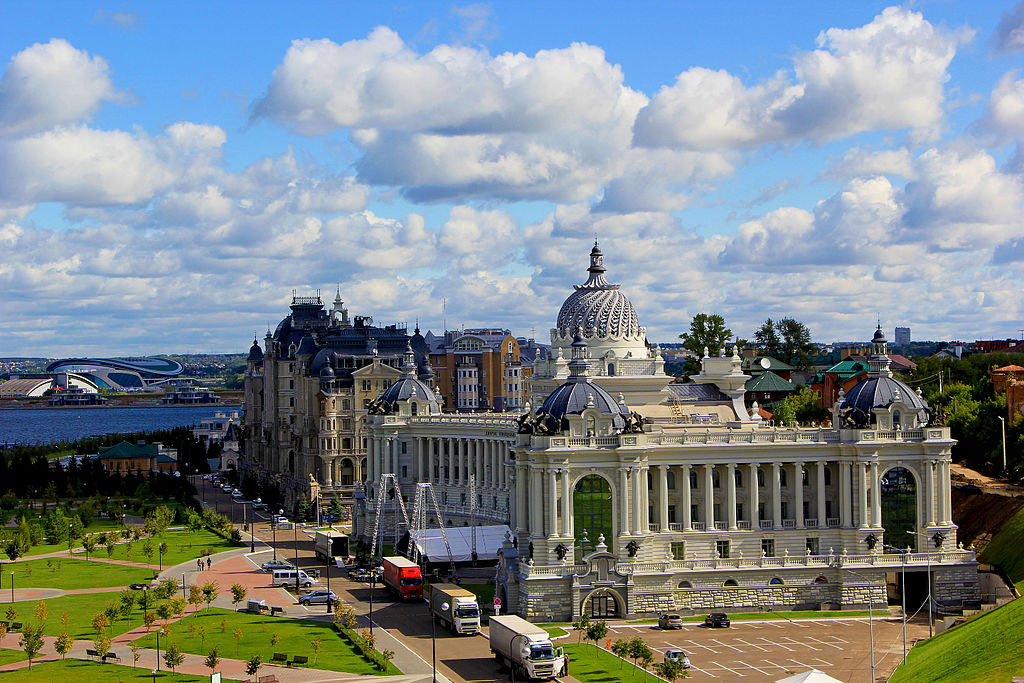
Kazan, the capital of the Republic of Tatarstan in Russia, is known for its rich blend of Russian and Tatar cultures. The city’s architectural highlights include the Kazan Kremlin, a UNESCO World Heritage Site, and the colorful Kul Sharif Mosque. Kazan is a center of Tatar culture, and it has a unique identity with influences from both Europe and Asia.
Interesting Fact:
Kazan has been known as the “Sports Capital of Russia” and has hosted multiple international sporting events.
Prague – Population: 1,301,432

Prague, the capital of the Czech Republic, is celebrated for its medieval charm, Gothic architecture, and vibrant culture. Known as the “City of a Hundred Spires,” Prague’s Old Town is a UNESCO World Heritage Site with landmarks like Charles Bridge, Prague Castle, and the Astronomical Clock. The city’s riverside setting, cobblestone streets, and historical buildings make it one of Europe’s most picturesque cities.
Interesting Fact:
Prague Castle is the largest ancient castle complex in the world.




